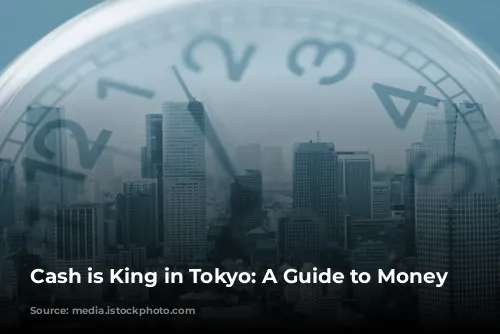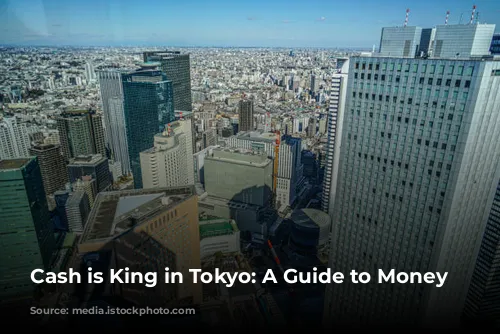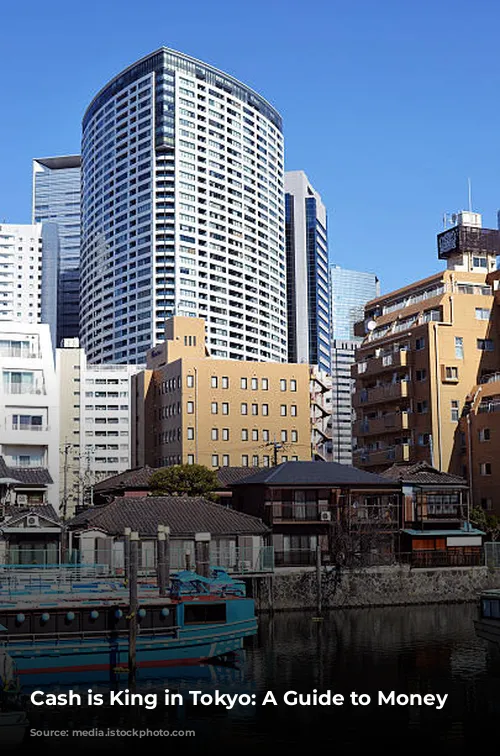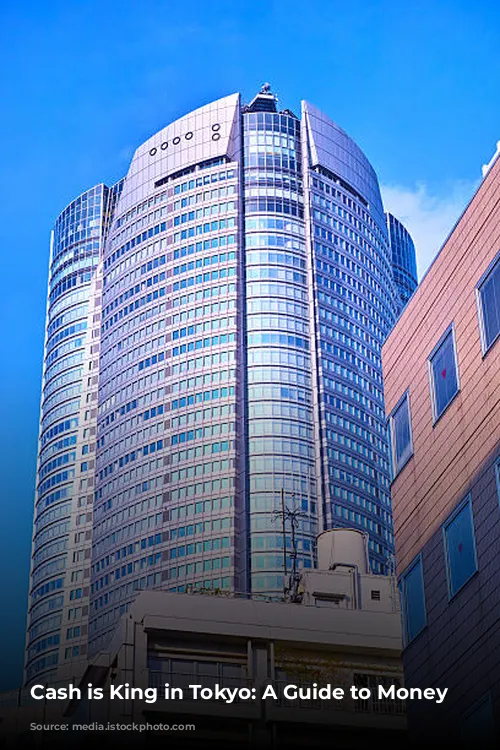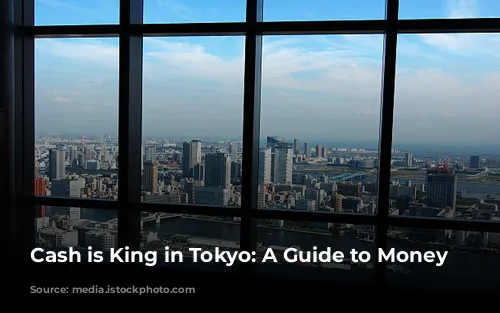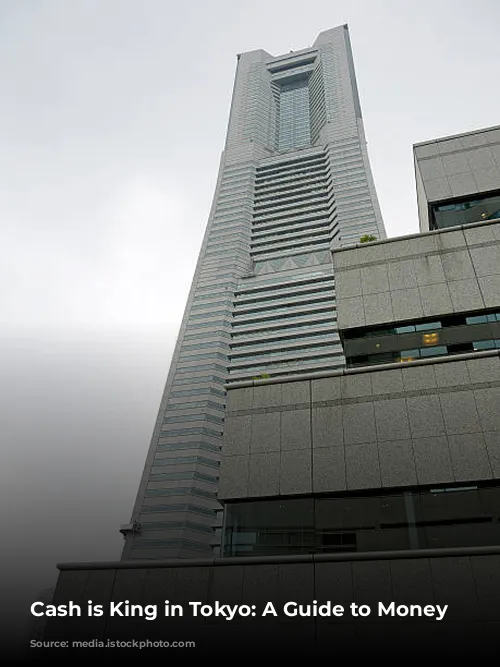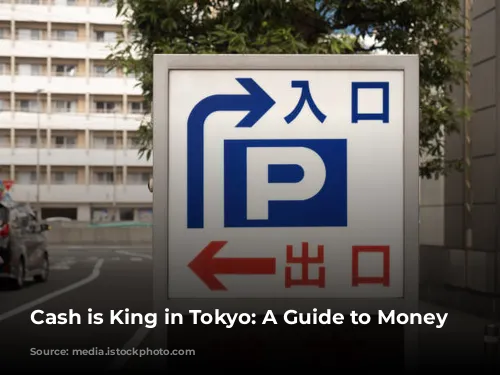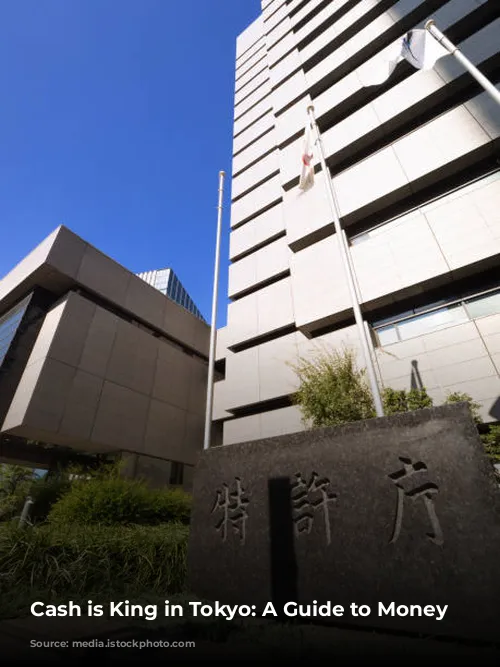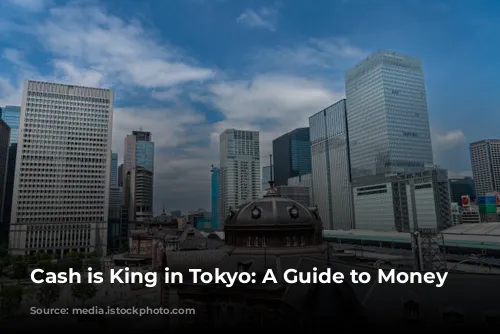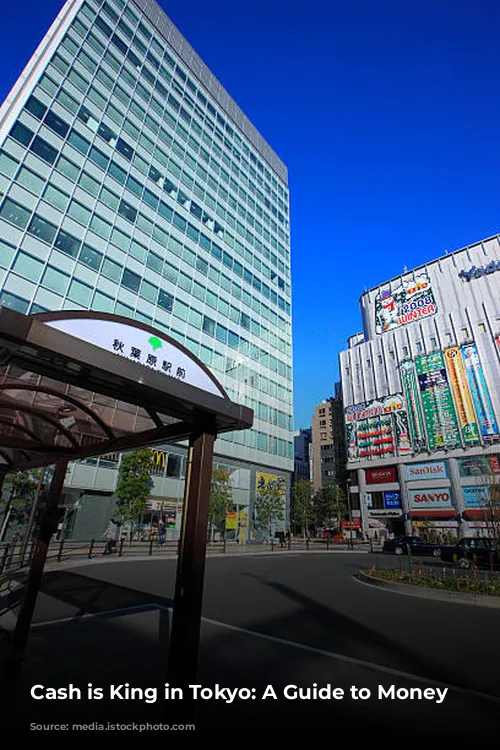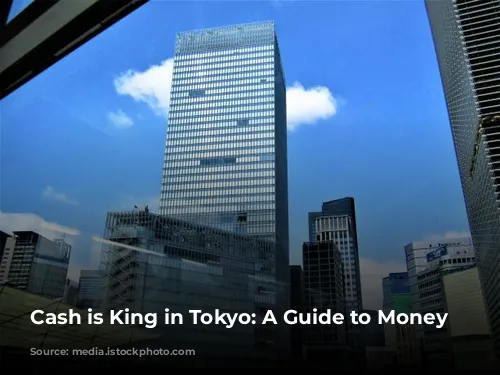Don’t be fooled into thinking you can navigate Tokyo solely with your smartphone. Just as replicants in Blade Runner roamed the city with stacks of cash, Tokyo still relies on the old-fashioned green stuff. While the use of digital payment methods like Apple Pay and Google Pay is rapidly growing, certain places stick to the tried and true: cash.
Think shrines, museums, and even some traditional Japanese pubs (izakayas). Don’t forget, even if your bank card is accepted, compatibility issues with foreign cards can pop up unexpectedly, and traveler’s checks are practically useless.
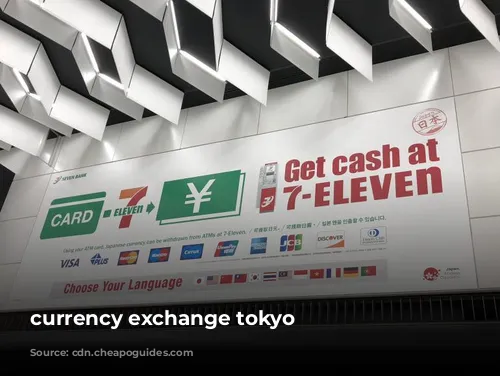
Cashing in: ATM Options for Short-Term Visitors
For short-term visitors, the easiest way to get your hands on yen is by withdrawing cash from a Japanese ATM. Many ATMs in convenience stores like 7-Eleven accept VISA, Master, and JCB cards. The convenience store ATMs are user-friendly, with multiple language settings to guide you through the process.
Keep in mind that not all ATMs in Japan are open 24/7. Post office ATMs, which are often your only option in rural areas, only function during business hours. Transaction fees vary depending on your bank. Generally, JP Post ATMs charge ¥105 per withdrawal.
Check with your bank before your trip to Japan, as you may face withdrawal limits between ¥20,000 and ¥30,000. Japanese ATMs allow a maximum withdrawal of ¥100,000 per transaction.
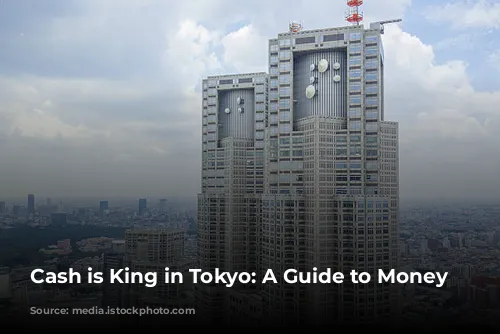
Finding the Best Currency Exchange Rates
Navigating currency exchange in a foreign country can be daunting, especially when you’re trying to find the most favorable rates. Here’s your guide to exchanging currency in Tokyo.
After you breeze through customs, most Japanese airports offer currency exchange booths on both sides of the exit. Major train stations and bustling shopping centers around the city are also good bets. World Currency Shop, a major player with branches across Tokyo, can be a convenient choice, but their commission fees can be hefty.
If you’re lucky, you might stumble upon currency exchange machines in popular areas like Harajuku, Odaiba, and Shinjuku. Big banks like SMBC, MUFG, and Mizuho offer exchange services during limited weekday hours. Their rates might not be the most appealing, so prioritize finding an ATM at a convenience store instead.
In a pinch, large hotel chains like APA Hotel offer foreign exchange services, albeit at a premium. Other hotels might have currency exchange machines in their lobbies. Be cautious of any shady, unnamed currency exchange shops you encounter, as they could overcharge you.
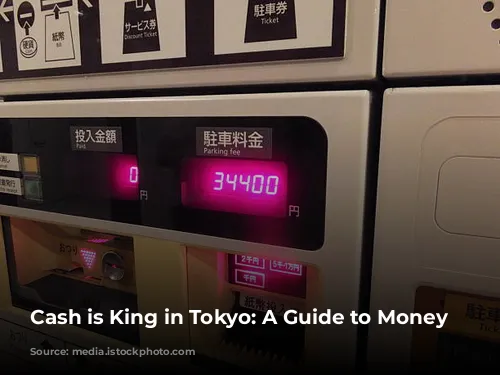
Sending Money to Japan: The Cheapest Method
For those not living in Japan long-term, OFX currency exchange offers the most cost-effective way to send money to Japan. They provide rates very close to the inter-bank rate and offer a streamlined online process. Simply create an account, place your currency order, transfer funds to OFX, and they’ll send the yen to your Japanese bank account within 1–2 days.
If you have a bank that doesn’t charge excessive fees for overseas withdrawals, using a Japanese ATM is the best choice. Otherwise, consider exchanging your currency before you leave your home country – you’ll likely get a better deal.
Navigating the financial landscape of Tokyo might seem intimidating, but armed with this guide, you’ll be well-equipped to manage your money efficiently and stress-free.
